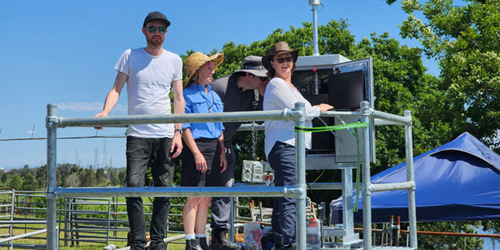Queensland allergy expert welcomes next gen pollen monitoring
- Published
- Monday, November 7, 2022 - 5:00 PM
Queenslanders’ with hayfever and asthma are set to benefit from the first high precision, automated, pollen monitoring instrument in the southern hemisphere, and the its first use in a subtropical region.
Professor Janet Davies, National Allergy Centre of Excellence (NACE) Respiratory and Discovery Hub Lead and QUT pollen allergy expert, helped launch the machine in Rocklea on 27 October.

“The installation is an exciting step towards a more precise, reliable and sustainable pollen monitoring service for Australian respiratory allergy patients,” she said.
The machine, called a SwisensPoleno Jupiter, relies on both holographic image and fluorometric technologies, which will give more accurate live pollen count updates that will be reported by AusPollenBrisbane.
“We know people want local pollen information to help plan their daily activities, to minimise pollen exposure and optimise medication use,” said Prof Davies, who is also Co-chair of the NACE Respiratory Allergy Stream and head of the QUT Allergy Research Group.
Australia has among the highest prevalence of asthma and hay fever globally with around 19 per cent of the population experiencing hay fever. La Niña (and El Niño) is also expected to increase the amount of pollen in the air, further affecting allergy suffers.
This new equipment will help respiratory allergy researchers observe smaller particles, seasonal trends and allergy impact. Its function and performance in harsh Australian environments will be evaluated and it will need to be trained to identify local taxa.
The installation of the state-of-the-art equipment follows a four-year NHMRC-funded AusPollen Partnership of simultaneous monitoring of daily airborne grass and other pollen concentrations in four eastern Australian cities.
The study, led by the AusPollen Partnership, was the first of its kind in the southern hemisphere to track shifts in pollen seasonality, biodiversity and allergy links. The findings included:
- Australia has the fourth highest asthma rate in the world
- Grass pollen is the main source of outdoor naturally occurring allergens, and
- Seasonal grass pollen loads varied with rainfall, temperature, and grassland greenness.
Further research from the QUT Allergy Research Group shows medium term increases in grass pollen season loads is linked to climate change factors.
“Despite the high burden of allergy, Australia has been, until recently, one of the few developed countries without a unified national program to measure and disseminate pollen information,” said Prof Davies.
“Our goal now – with the help of the NACE – is to extend standardised pollen monitoring across the country and examine broad-scale biogeographical and meteorological factors that influence yearly variations in seasonal airborne grass pollen. With this data we now need to better understand the local social and health impacts of grass pollen exposure for patients with hayfever and asthma.”
For more allergy research news, follow @NACEresearch on Twitter and @naceresearch on LinkedIn.









